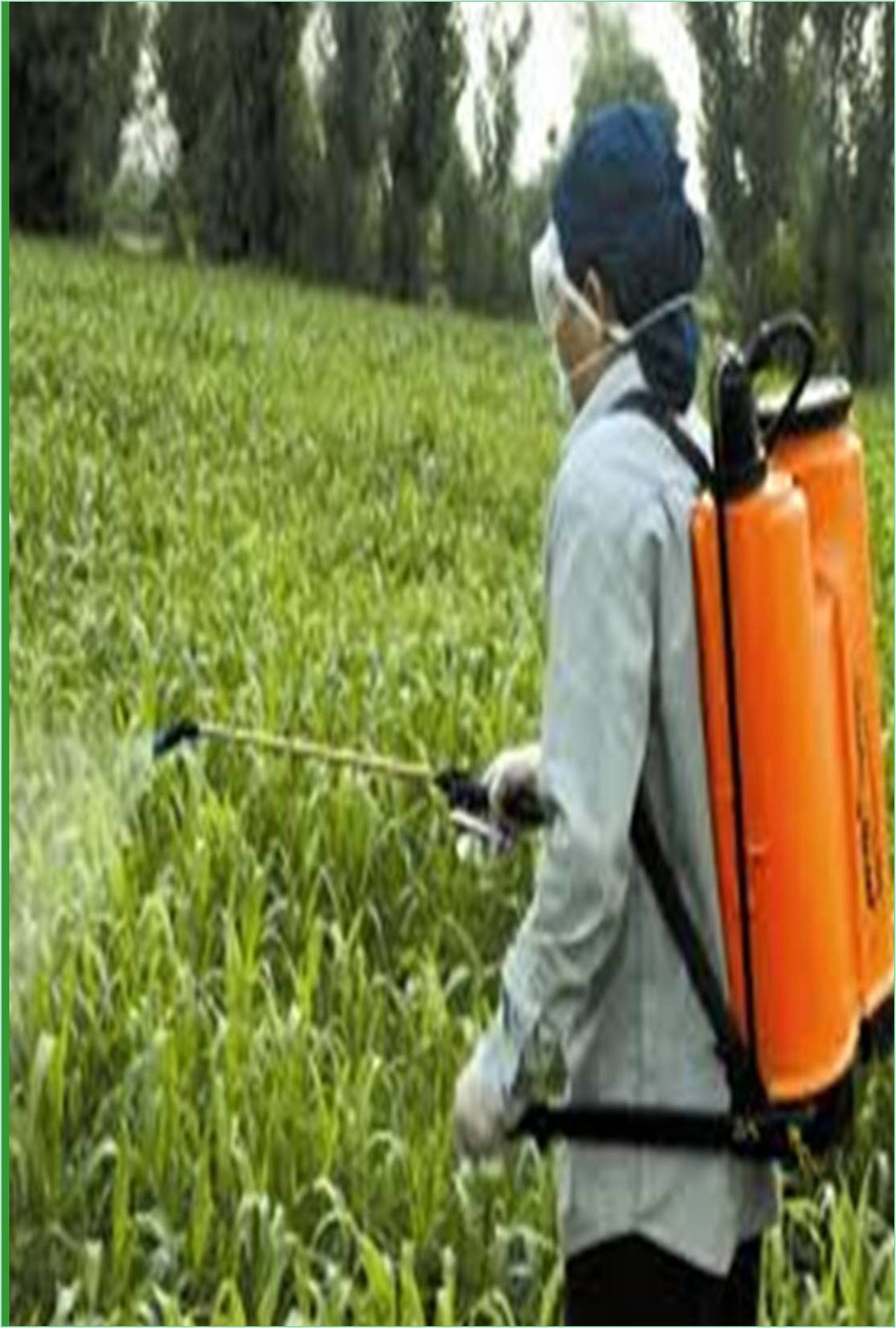



Received: 25-Jul-2022, Manuscript No. GJPDCP-22-71690; Editor assigned: 28-Jul-2022, Pre QC No. GJPDCP-22-71690 (PQ); Reviewed: 11-Aug-2022, QC No. GJPDCP-22-71690; Revised: 18-Aug-2022, Manuscript No. GJPDCP-22-71690 (R); Published: 25-Aug-2022, DOI: 10.15651/GJPDCP.22.7.047
Plant diseases can be either infectious or non-infectious and they can be broadly classified according to the nature of the causative agent. Leaf spots, fruit rot, wilting, and abnormal plant growth or color can all be symptoms of plant disease problems. Infectious plant diseases are caused by pathogens such as fungi, bacteria, mycoplasma, viruses, viroids, nematodes, or parasitic flowering plants. Infectious agents can multiply within or on a host and spread from a susceptible host to another. Most plant diseases (about 85%) are caused by fungi or fungi-like organisms. However, other serious diseases of food and forage crops are caused by viral and bacterial organisms.
In nature, plants can be attacked by multiple pathogens at the same time. Plants suffering from nutrient deficiencies or imbalances in soil moisture and oxygen are susceptible to infection by pathogens, and pathogeninfested plants are often susceptible to invasion by secondary pathogens. The combination of all pathogens that attack plants forms a disease complex. Knowledge of normal growth habits, cultivar characteristics, and the normal variability of plants within a species is required to recognize the disease. These are related to the conditions under which the plants grow.
One of the important characteristics of the infectivity of pathogenic organisms is virulence. Various characteristics of pathogens contribute to their ability to spread through and destroy tissues. These toxic factors include toxins that kill cells, enzymes that break down cell walls, extracellular polysaccharides that block fluid passage in plant systems and substances that interfere with normal cell growth. A plant disease is defined as "anything that prevents a plant from reaching its full potential." This includes abiotic and biotic plant diseases. Some plant diseases are categorized as abiotic i.e., noncommunicable, and include damage caused by air pollution, malnutrition, or toxicity, and grown in less than optimal conditions.
Abiotic or Non-Communicable Diseases
These diseases are caused by conditions outside the plant, not by the organism. Although they cannot spread from plant to plant, they are very common and should be considered when assessing plant health. There are some examples like sunburn, ice, nutritional deficiency, and salt injury.
Biotic or Communicable Diseases
These diseases are caused by organisms. When the organisms are infected with plants then that disease is called Plant Pathogens. Pathogens can spread from plant to plant and can infect all types of plant tissue including leaves, shoots, stems, crowns, roots, tubers, fruits, seeds, and vascular tissue.
Plant disease symptoms are the visible effects of the disease on the plant. Symptoms include detectable changes in plant color, shape, or function in response to pathogens. Leaf wilt is a typical symptom of verticillium wilt caused by plant fungal pathogens. Some common signs and symptoms of fungal, bacterial, and viral plant diseases are rust, stem rust, sclerotia, and powdery mildew. Laboratory-based techniques to identify plant diseases may include polymerase chain reaction, immunofluorescence, fluorescence in situ hybridization, enzyme-linked immunosorbent assay, flow cytometry, and gas chromatography-mass spectrometry technique.
Clean and sanitize grids annually. Remove infected plants and plant tissue to prevent the spread of pathogens to healthy plants. Remove diseased leaves only when the plant is dry and no rain is forecast. Burying diseased plant debris is a good disposal method. Some diseases can live for years in the soil, so bury the debris as far away from the garden as possible in an area you don't want to use for garden plants. Water the plants in the morning as the leaves of the plants can dry out throughout the day. Fungal diseases can only attack plant leaves if they are constantly moist during the day. Spacing the plants and removing weeds will reduce moisture around the plant and allow air circulation.